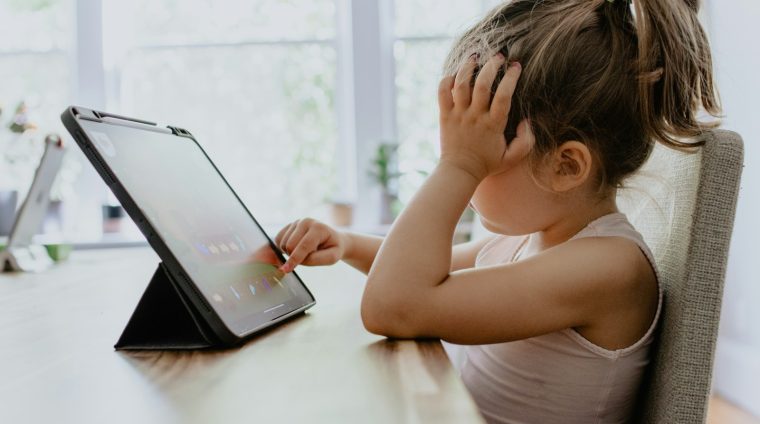HTML Coding for Kids

Welcome to HTML Coding for Kids This course is designed to introduce kids to the exciting world of programming through HTML. HTML, which stands for HyperText Markup Language, is the foundation of websites. It is a great first language for …
Review